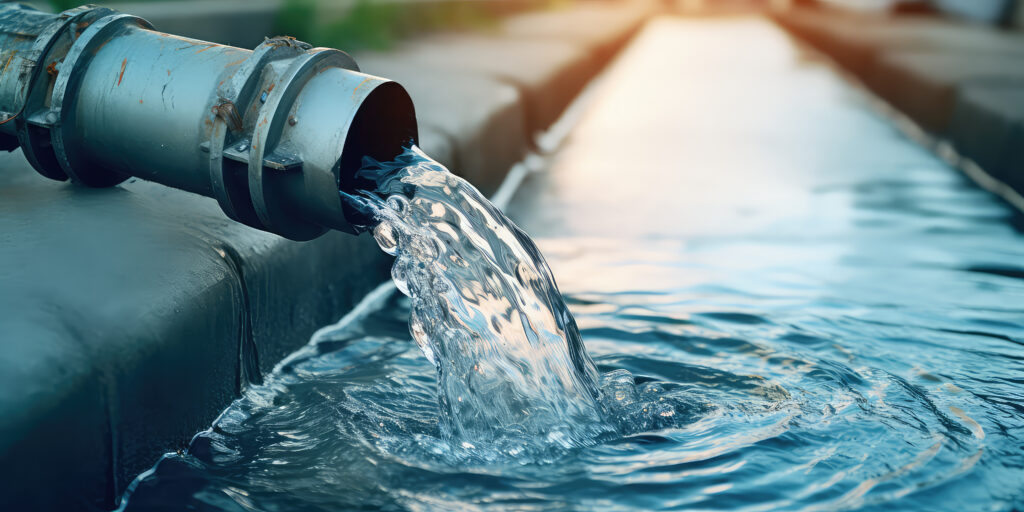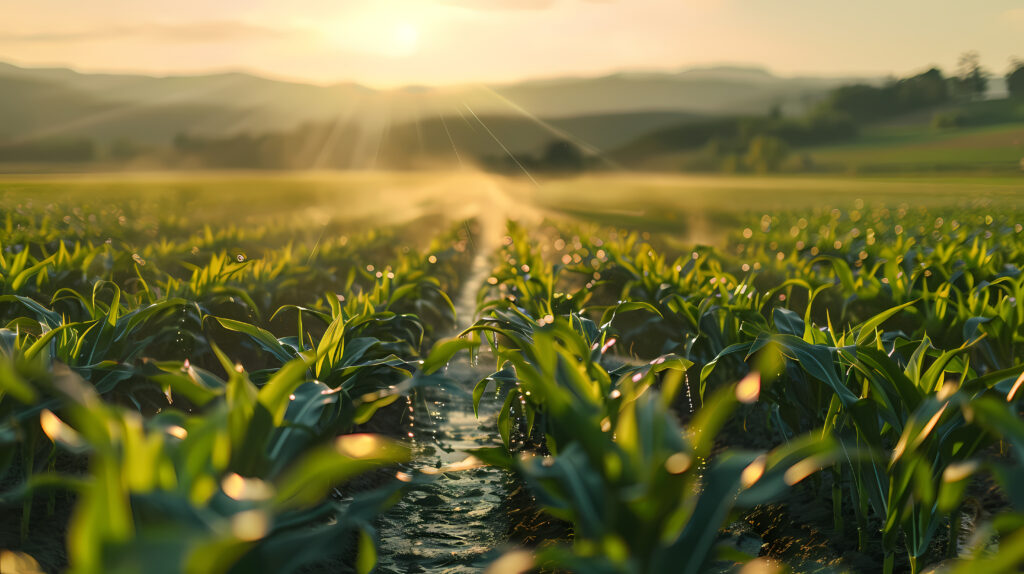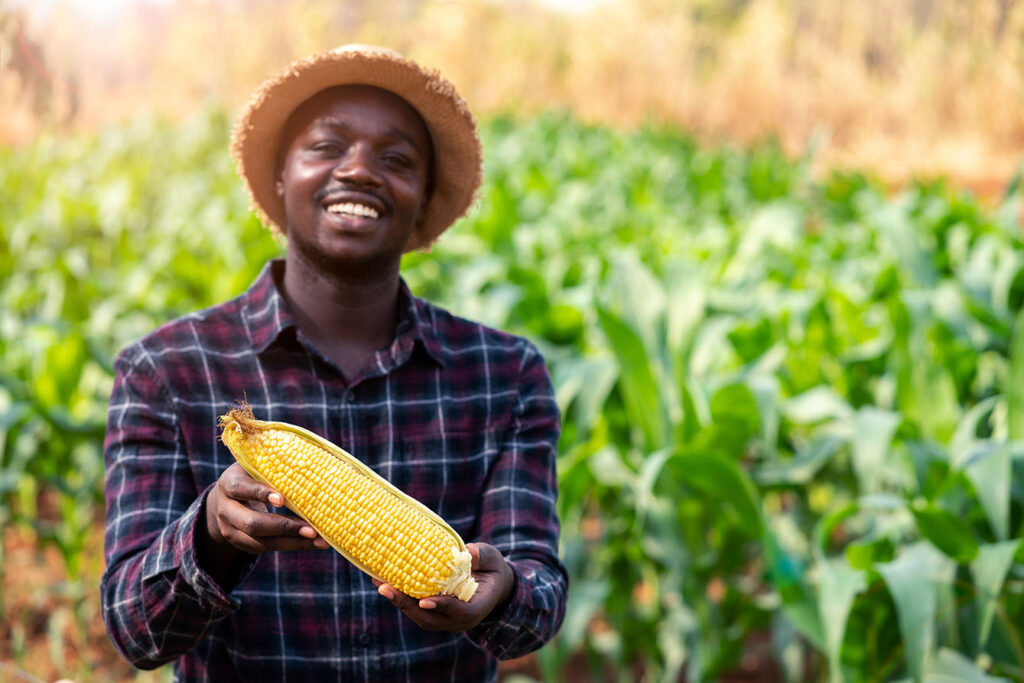


In Namibia, the climatic conditions for the LifeCircle project are optimal. It is warm or hot year-round, and the hours of sunshine are consistently high, which enables the generation of clean energy through photovoltaic systems.
The humidity in the coastal region of Namibia averages 65% annually. However, due to the heat buildup of the desert, no rain cycle is created.
But we are able to “harvest” this humidity and generate freshwater. With a manageable SHCB-10 system or even a mobile PHANTOR high-performance AWG, around 10,000 liters of freshwater can be produced daily for use.


Land in Africa, including Namibia, is exceptionally affordable. The cost of purchasing an area of up to 3,000 hectares is only around 600,000 euros.
This area will be divided into cooperative plots, and each unit will be developed by selected and gradually trained tenants, with a maximum of only 50% of the total area being used for agriculture. The remaining area will be specifically renatured.
The agriculturally used area, managed sustainably and organically, consists of aquaponics systems with fruit/vegetable cultivation, poultry farming, and corn cultivation, which also serves as a feed source for the chickens. Thus, an ecological foundation is created that can also be economically utilized. The tenants can rely on the developing infrastructure of the community.
Namibia is the most stable democracy in Africa. The average age is around 22 years, meaning a large portion of the population is of working age and has a relatively high level of education. Over 85% have completed their schooling, and about 50% have a secondary school diploma.
Around half of the population depends on agriculture and fishing. The education level is high, and with the average age at 22 years, approximately two-thirds of the people are of working age.
With the aforementioned conditions, it is in our hands to make a difference and create a functioning, sustainable circular economy.
